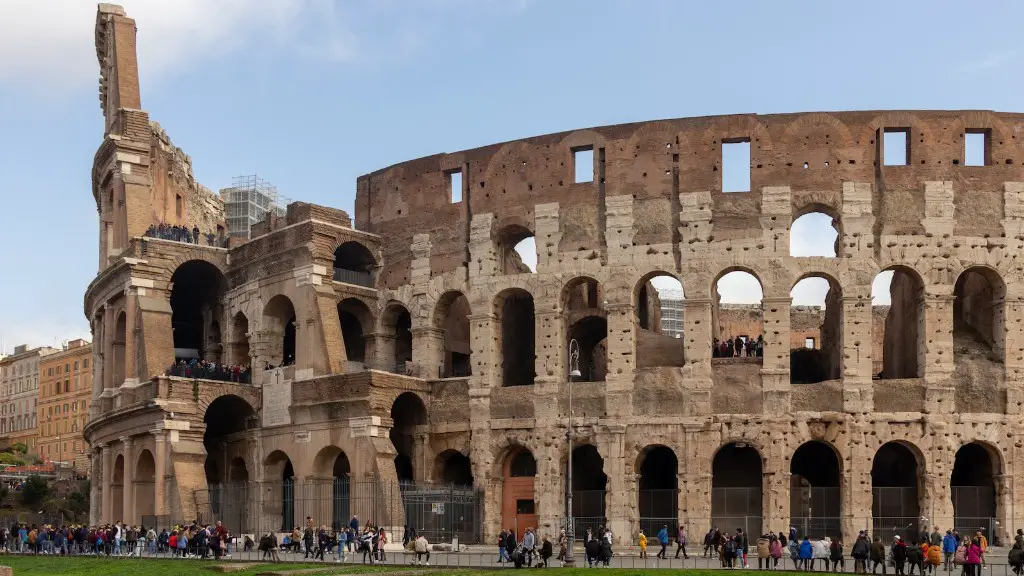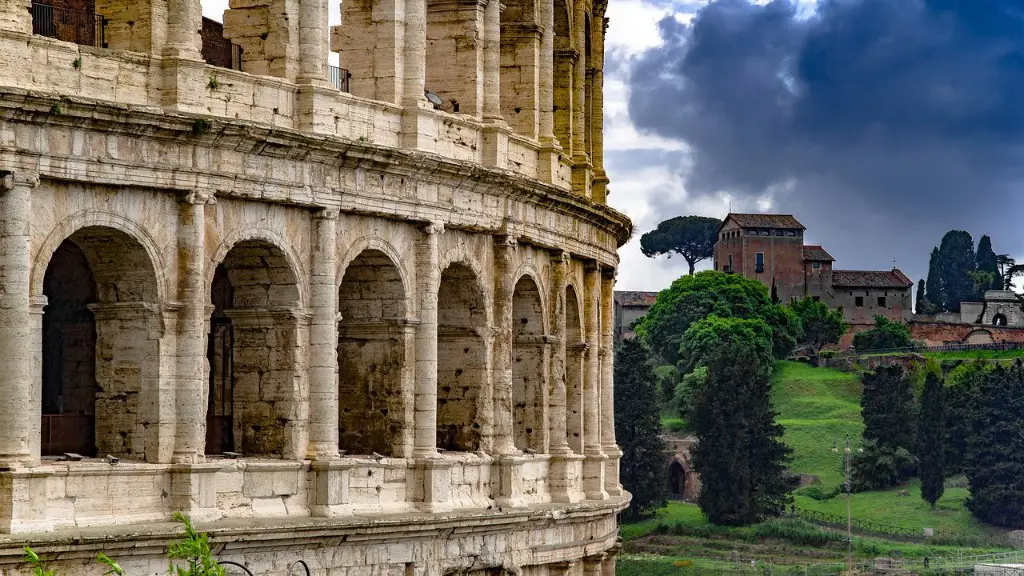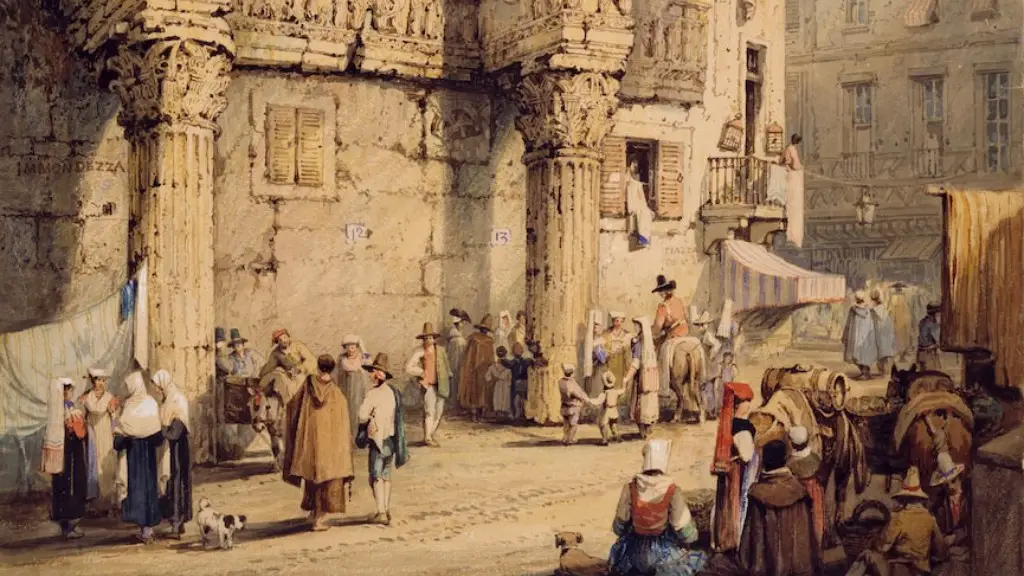Introduction
Life in Ancient Rome was by no means simple. It was, in all respects, a complex, long lasting and ever changing culture built on the foundations of religion, class and economics. At the centre of everyday life was a shared set of values that provided a common basis for all – not just the citizens of Rome, but for all its reaches. This article will outline what life was like back in ancient Rome, focusing on the shared values, religious practices, governmental and societal structure and the wars and conflict this powerful civilisation faced.
Religion
In the early stages of Rome, most of the population was polytheistic. They had many different gods and goddesses, but all were ultimately subject to Jupiter, the most powerful of the gods. Jupiter was known as the god of sky and thunder, the creator of life, as well as being the protector of the state and its people. Religion played an important role in the lives of the citizens. On every corner there were shrines dedicated to the gods, with statues, altars and symbols of deities. People would give offerings in order to receive luck and divine protection, and a common theme in many of the art works could be seen in the statues of the gods.
Government & Society
The structure of the government of Rome was based on a monarchy at first, but over time it transitioned to a more advanced form of republicanism. Rome was divided into two classes – the patricians, who were wealthy and powerful, and the plebeians, who were the common people. The government was then split into two groups – the Senate and the Roman Assembly. The Senate made decisions about laws and taxes, while the Roman Assembly voted on what laws should be accepted and enforced.
The social structure in Ancient Rome was also complex. At the top of the hierarchy were the patricians, who controlled most of the wealth, while the plebeians were the working class of Rome. In between those two classes were the equites or ‘knights’, the merchants and artisans, and the slaves. Slavery in Ancient Rome was an important economic system, as it provided the wealth and power to the patricians and upper classes. Slaves were seen as a source of labour and could also be traded or used as currency.
Economy
The economy of Ancient Rome was based on agriculture and trade. Farming was at the base of the economy and it provided food for the people as well as other raw materials such as pottery, brick, and clothing. In terms of trade, Rome had strong ties with the rest of the Mediterranean, importing and exporting goods, such as silverware, weapons, wine and other luxury items. Rome also had a large number of merchants and traders who dealt in this trade and provided goods to the people of Rome.
Wars & Conflict
The Ancient Roman civilisation was not without conflict. Rome was constantly under threat from the many enemies it faced in the Mediterranean, including the Carthaginians and Persians. The most famous of Rome’s wars were the Punic Wars, a series of three conflicts fought between Rome and Carthage. Rome ultimately won the wars, gaining control of much of the Mediterranean and establishing its dominance.
Art & Culture
As well as its powerful military, Ancient Rome was also known for its breathtaking art and culture. The culture of Ancient Rome was heavily influenced by Greek culture, as many of the great works of art were based upon Greek originals. Much of the architecture of Rome was based upon Greek designs, and many of the temples, theatres, and amphitheatres were examples of the amazing feats of engineering in Ancient Rome.
Education
Education was not mandatory in Ancient Rome and those who could afford it sent their children to private tutors who could teach them. However, the standard of education was far from what we have today, as most classes were very basic and often limited to memorisation. Those who wanted to go further in their education would go on to attend one of the great academies of the time, such as the Academy of the Augustans. Here they were taught in the liberal arts, rhetoric and grammar by renowned philosophers and teachers.
Technology & Innovation
The Roman civilisation was no stranger to innovation, as they developed many new technologies to facilitate life in their growing empire. One example is the construction of aqueducts – massive feats of engineering that brought fresh water to the cities of Rome. Roman technology also extended to the manufacture of arms and tools, and the use of tools to help with trade and commerce.
Conclusion
Life in Ancient Rome was very different from what we know today. It was a time of great technological and cultural advances, but also of great conflict and struggle. The legacy of this powerful civilisation can still be seen today in many cities and towns, as well as in the minds of those who study history. From the sophisticated engineering feats of the aqueducts, to the grand amphitheatres, to the shared values and religious beliefs of the people, Ancient Rome is a thrilling subject to explore.


